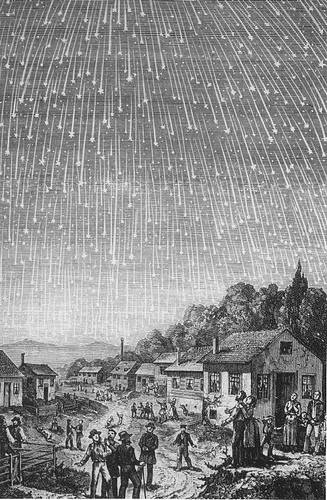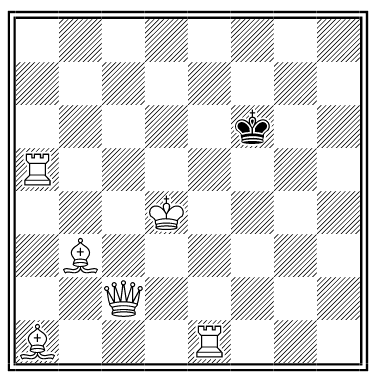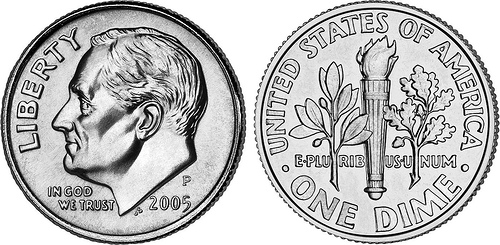A weird story clings to the ruins of Minster Lovel Manor House, Oxfordshire, the ancient seat of the Lords Lovel. After the battle of Stoke, Francis, the last Viscount, who had sided with the cause of Simnel against King Henry VII., fled back to his house in disguise, but from the night of his return was never seen or heard of again, and for nearly two centuries his disappearance remained a mystery. In the meantime the manor house had been dismantled and the remains tenanted by a farmer; but a strange discovery was made in the year 1708. A concealed vault was found, and in it, seated before a table, with a prayer-book lying open upon it, was the entire skeleton of a man. In the secret chamber were certain barrels and jars which had contained food sufficient to last perhaps some weeks; but the mansion having been seized by the King, soon after the unfortunate Lord Lovel is supposed to have concealed himself, the probability is that, unable to regain his liberty, the neglect or treachery of a servant or tenant brought about this tragic end.
— Allan Fea, Secret Chambers and Hiding-Places, 1908






